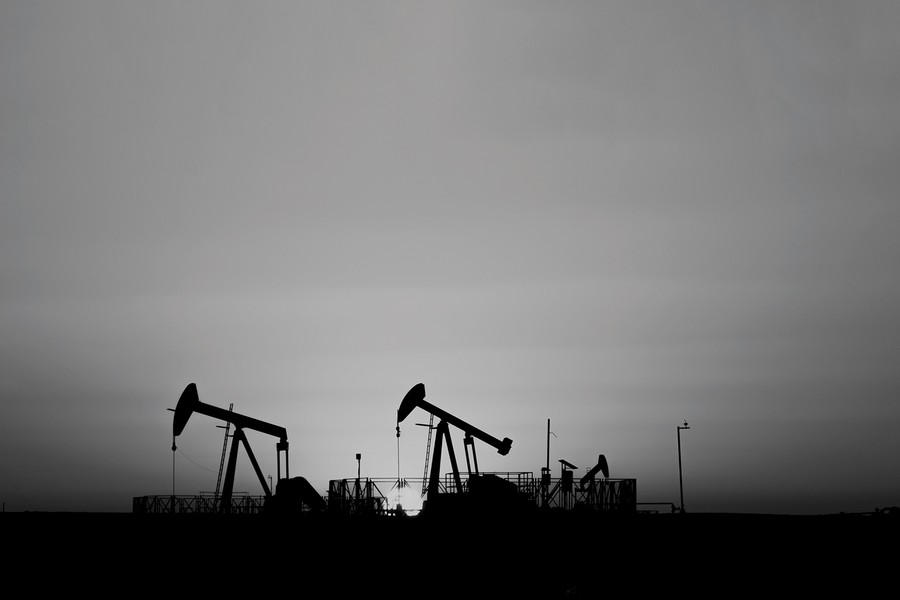One of the more crucial elements in forecasting economic growth in the past has been the price of oil. Interestingly, cheap oil is not generally viewed as beneficial. For a start, one reason for a falling oil price is usually a drop in demand – itself an indicator of slowing growth. But a high oil price takes its toll on economic progress. Oil is crucial in so many areas of business activity. Expensive oil pushes up transportation costs, leading to higher prices for many goods and services, not to mention dearer heating bills for many. Manufacturing of many items would be impacted by a rise in the oil price and inflation would come under pressure. This in turn can lead to tighter monetary policies – all of which is likely to act as a brake on growth.
The last half-century has certainly seen some wild swings. Having enjoyed several years of relative stability at around $20 in 1973 ahead of the Yom Kippur war, the price spiked in the immediate aftermath, reaching more than $50 in short order. The result was a recession, intensified by the secondary banking crisis and the three-day week. Inevitably, inflation took off into the 1970s, peaking at over 20%. And the price of oil continued to rise, with production affected by the Iran/ Iraq war. By the late 1970s it exceeded $100 a barrel.
Between the mid 1980s and mid 1990s it settled into a range of $20 to $40, with a brief spike to over $70 in the middle. Global pressures saw it sink to around $10 by the end of the last millennium, only to soar to more than $140 before the global financial crisis of 2008 brought the price back to $30. A more settled range of $80 to $110 was established once the global economy got back on its feet, but slipping demand, coupled with over-production brought the price back to $30 by the start of last year.
Presently the oil price has crept back to over $50. The questions are: where will it go from here? And what level would be appropriate to help sustain economic growth? 2016 saw some stability return to the oil market. Rising demand and a drop in production from the US as a lower price rendered shale oil uneconomic, offset higher output from OPEC countries. Saudi Arabia had been in the vanguard of maintaining production levels as it sought to damage both Iran, which was returning to world markets, and marginal shale oil producers.
But, in September last year, agreement was reached amongst OPEC countries to cut production for the first time since 2008 to help support the price. Meanwhile, production was continuing to fall amongst non-OPEC producers and growth in demand continued. Oil reserves also fell, but remain above the ten-year average at an estimated 3 billion barrels. This improving outlook has been reflected in a recovery in the price of oil shares, which had continued their slide into the first few weeks of 2016.
Oil companies have, of course, had to become leaner and fitter as the effect of cheaper oil bit into their revenue streams. And it follows that exploration has been cut back and capital projects deferred until more favourable conditions arise. Much will depend on demand remaining robust, though the change of heart in Saudi Arabia will undoubtedly help the price. The situation in the US also looks interesting, with President Trump believed to look favourably on the oil industry and attempt to lighten the regulatory burden it bears – not that such a move will be universally popular.
“there is hope that a more normal scenario is unfolding after several years of turmoil”
Of equal significance are the facts that the oil price and profitability of the major producers appears close to a cyclical low, while return on capital expenditure, which fell steadily following the 2008 financial shock, is expected by some industry watchers to return to more normal levels even if it does not reach previous highs. All this gives one hope that a more normal scenario is unfolding after several years of turmoil. Certainly, oil price shares appear to be discounting a maintained price in the $50-$60 range.
For the global economy, a period of stability, – with the oil price neither too high nor too low – is to be welcomed. Chinese demand undoubtedly fell, but now appears to have stabilised too. With production now more under control, downward spikes in the price look less likely. Oil price inflation could also be kept in check by more marginal producers coming on stream. Shale oil rigs in the US have only been mothballed, after all. What we can’t forecast, of course, is another geo-political event, which sends the price spiralling. Fingers crossed that it doesn’t happen.



